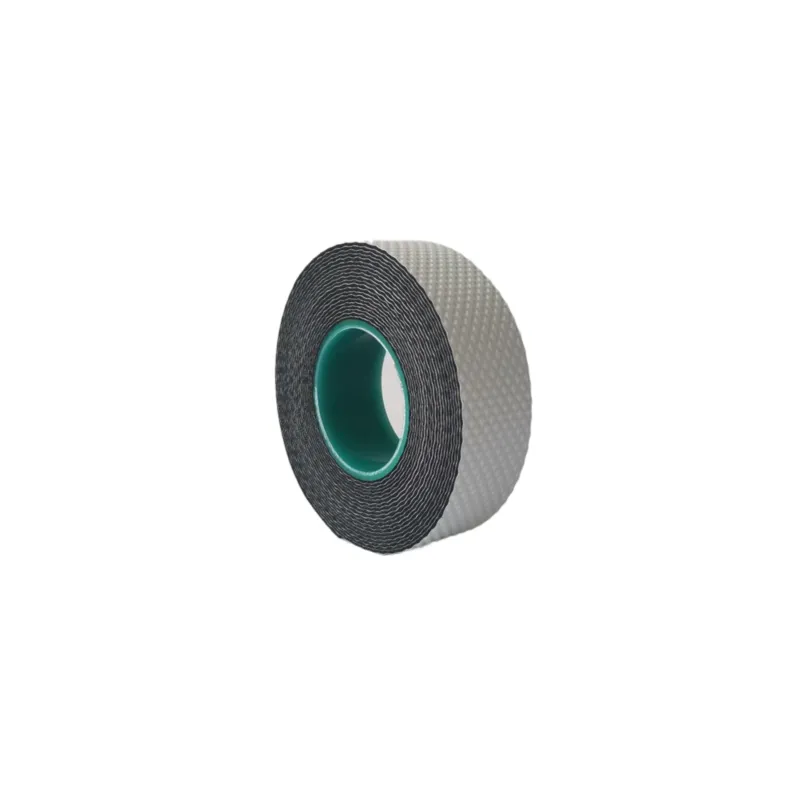Liquid Rubber Electrical Insulation A Comprehensive Overview
In today's rapidly advancing technological landscape, the demand for reliable electrical insulation is more critical than ever. One innovative solution that has garnered significant attention is liquid rubber electrical insulation. This material not only offers exceptional protective qualities but also showcases versatility and ease of application, making it a preferred choice in various industries. This article delves into the properties, applications, and benefits of liquid rubber electrical insulation.
What is Liquid Rubber Electrical Insulation?
Liquid rubber electrical insulation is a protective coating made from a blend of polymers, primarily acrylics and silicones. This material is designed to provide an effective barrier against moisture, dust, chemicals, and mechanical wear, all of which can compromise electrical components. Available in liquid form, it can be easily applied to surfaces using spraying, brushing, or dipping methods. Once cured, it creates a flexible, durable coating that adheres firmly to various substrates, including metals, plastics, and ceramics.
Key Properties of Liquid Rubber Insulation
1. Water Resistance One of the primary advantages of liquid rubber insulation is its excellent water-resistant properties. This quality prevents moisture infiltration, which can lead to corrosion and electrical failure.
2. Electrical Insulation Liquid rubber possesses high dielectric strength, making it an effective insulator. It prevents electrical arcing and short circuits, ensuring the safety and longevity of electrical components.
3. Flexibility Unlike traditional rigid insulation materials, liquid rubber maintains flexibility even at low temperatures. This characteristic is vital for applications where thermal expansion and contraction occur.
4. Chemical Resistance Liquid rubber can withstand exposure to a wide range of chemicals, including oils, solvents, and acids. This resistance makes it suitable for harsh industrial environments.
5. Easy Application The application process is straightforward. Liquid rubber can be sprayed or brushed onto surfaces, allowing for precise coverage and reducing the risk of air pockets that could compromise insulation.
6. UV Stability Some formulations of liquid rubber are resistant to ultraviolet light, making them ideal for outdoor applications where prolonged sun exposure is a concern.
Applications of Liquid Rubber Electrical Insulation
Liquid rubber insulation has a broad range of applications across various industries
liquid rubber electrical insulation

1. Electronics It is commonly used in protecting electronic components, circuit boards, and connectors. Its insulating properties help ensure reliable performance and prevent failures.
2. Automotive In the automotive industry, liquid rubber is utilized for coating wiring harnesses, sensors, and other electrical components, safeguarding them from moisture and debris.
3. Aerospace The aerospace sector employs liquid rubber for insulation and protection of electrical systems within aircraft, where safety and reliability are paramount.
4. Construction Liquid rubber is extensively used in the construction industry to insulate electrical installations in buildings and infrastructures, providing a robust barrier against weather elements.
5. Marine Due to its excellent waterproofing capabilities and resistance to saltwater corrosion, liquid rubber is a favored choice for marine applications, including boat wiring and electronic systems.
Benefits of Liquid Rubber Electrical Insulation
1. Enhanced Longevity The durability of liquid rubber insulation extends the lifespan of electrical components by providing long-lasting protection from environmental factors.
2. Cost-Effectiveness While the initial investment in liquid rubber may be higher than some traditional materials, its long-term benefits, including reduced maintenance and replacement costs, justify the expense.
3. Environmental Friendliness Many liquid rubber formulations are eco-friendly, with low volatile organic compounds (VOCs), making them safe for both users and the environment.
4. Customizable Solutions Liquid rubber can be tailored to meet specific requirements, including varying thicknesses, colors, and chemical resistances, ensuring optimal performance for diverse applications.
Conclusion
Liquid rubber electrical insulation represents a significant advancement in protective materials for electrical applications. Its unique combination of properties makes it an ideal choice across multiple industries, from electronics to aerospace. As technology continues to evolve, the role of liquid rubber in safeguarding electrical components will only become more prominent, ensuring reliability and safety in an increasingly electrified world. Whether for industrial, automotive, or consumer electronics, liquid rubber insulation is poised to meet the demands of modern applications effectively.
-
Versatility with Tape Electrical InsulationNewsJun.09,2025
-
Floor Marking Tapes For WareHouseNewsJun.09,2025
-
Enhance Your Projects with PVC Electrical TapesNewsJun.09,2025
-
Enhance Your Projects with Automotive Wiring Harness TapeNewsJun.09,2025
-
Enhance Your Automotive Fabric TapesNewsJun.09,2025
-
Enhance Electrical Projects with Cambric TapeNewsJun.09,2025
